Ajai Singh and his team have grown Pd4Se and Pd7Se4 nanoparticles for the first time. Why is this interesting? Well, because palladium and platinum chalcogenides have many uses – from catalysis, to electronic devices and light image receiving materials. But these compounds can be difficult to make safely as the current precursors are toxic and/or volatile. Singh and colleagues have made these new nanoparticles as a possible safe precursor to these valuable chalcogenide compounds. Find out more in this recent Hot Communication FREE for you to access until the 15th January:

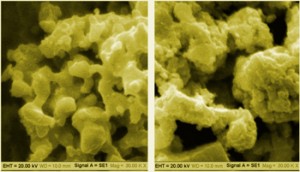 Palladium(II)–selenoether complexes as new single source precursors: First synthesis of Pd4Se and Pd7Se4 nanoparticles
Palladium(II)–selenoether complexes as new single source precursors: First synthesis of Pd4Se and Pd7Se4 nanoparticles
Ved Vati Singh, Gyandshwar Kumar Rao, Arun Kumar and Ajai K. Singh
Dalton Trans., 2012, DOI: 10.1039/C2DT12113A











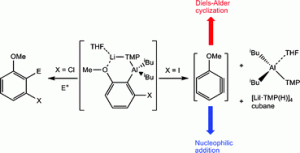
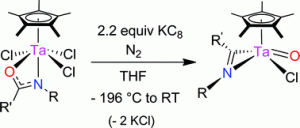
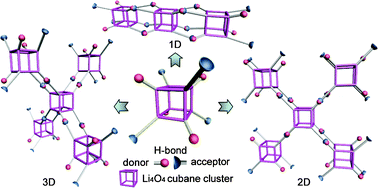
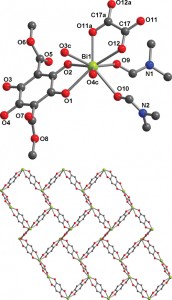

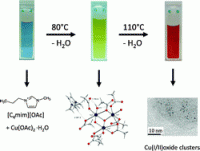
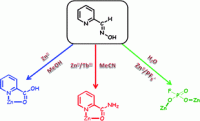
 The dual nature of donor ligands is explored in Oxygen Atom Transfer (OAT) in this hot article by Adam Veige and co-workers. In this study, donor ligands enhance the rate of OAT by hindering µ-O dimer formation; however, the addition of a too strongly coordinating ligand can actually prevent OAT by
The dual nature of donor ligands is explored in Oxygen Atom Transfer (OAT) in this hot article by Adam Veige and co-workers. In this study, donor ligands enhance the rate of OAT by hindering µ-O dimer formation; however, the addition of a too strongly coordinating ligand can actually prevent OAT by


